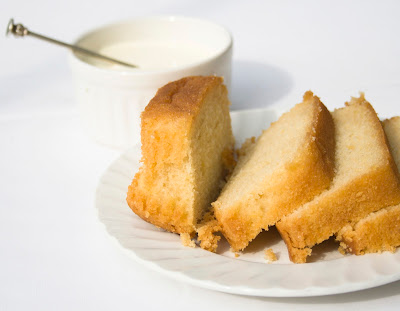 |
| Ingrid Callot. Image credit: Spiritbloggerkids.wordpress.com |
My family and friends love to stay in my garden—a haven for birds, especially for hummingbirds. The sight of these tiny, feathered creatures in my garden makes me feel so lucky and my home naturally pretty. Attracting birds, when done properly, can do a lot of favor to the bird population. I can’t emphasize enough how significant this is to avian life since most of the country’s wildlife habitats have gone private and millions of acres every year are lost to commercial or residential use.
For Ingrid Callot, maintaining a garden gives her a sense of serenity and pride as it does not only beautify her home but also keep her healthy inside out.
Sad, but true. That’s why I do what it takes to keep hummingbirds close by.
 |
| Ingrid Callot. Image credit: Calloways.com |
Having hummingbirds in my garden is also a great way to teach my young son Jacob and his friends the value of nature. I’m sure many moms would want to do the same for their kids. So here’s a little something I’d like to share to you if you want hummingbirds making regular visits in your yard. It’s all about this simple yet optimal food formula: cane sugar (1 part) + water (4 parts). This recipe replicates the nectar of various wildflowers, so it should work. A word of caution: Never replace sugar with honey since honey ferments quickly when added to water causing hummingbirds to die.
 |
| Ingrid Callot. Image credit: Leader.co.uk |
Did you know that hummingbirds are the world’s tiniest birds and they can either flash or hide their bright colors when they need to? Get updates from Ingrid Callot from her Twitter page.







